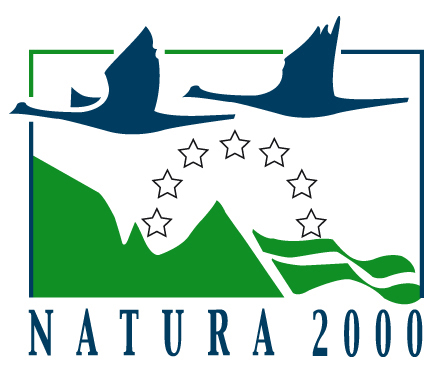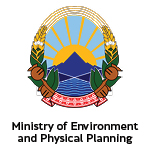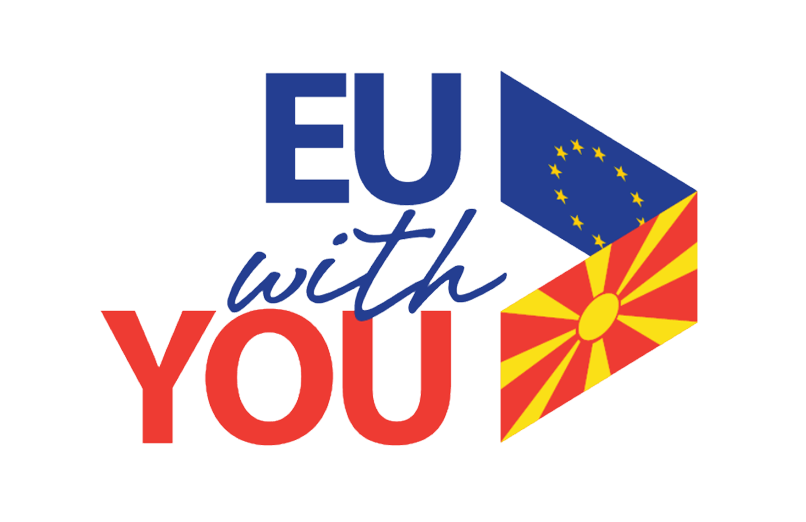Managing conflicts between people and large carnivores in NATURA 2000
Similarly like in our country, the farmers in other European countries, especially in rural areas and the national parks have problems with bears and wolves that destroy their bee hives or cattle. One example of such kind comes from Greece, where illegal killing of those species account for the loss of 25% of all wolf deaths every year. This remains the single largest threat to both species in this country . An EU funded project was launched to get to the root of the problem by analysing past incidents within a number of NATURA 2000 sites and holding one-to-one discussions with the farmers concerned. As a result, the project was able to lobby for a significant improvement in the national compensation schemes for livestock loss.
However, this is not the whole story. All agreed that the most effective solution would be to prevent any damage in the first place, hence different measures were tried out with farmers. They included erecting electric fences around crops and beehives, providing alternative sources of food such as wild fruit trees planted in abandoned orchards, and supplying the farmers with indigenous sheepdogs to protect the flocks. All three measures proved to be effective deterrents and very popular with local farmers. At the end, extra financial support for implementing these protective measures on the land of the farmers was included in the rural development plan. A drop in wolf and bear deaths in the project areas has already been noticed.
Electricity companies work to help save endangered birds of prey
The power lines are known to be responsible for causing mortality of highly threatened birds. One positive example of how this can be avoided comes from Spain. Here, the imperial eagle was threatened because of the power lines accidents, where they end up electrocuted after colliding with the high voltage lines. To address this problem, the regional government is working closely with electricity companies to adjust over 350 km of powerlines in NATURA 2000 sites so that they are rendered safe for birds. Since the start of this cooperation, there has been a dramatic decline in the death toll of birds. Some have even taken to nesting on the high electricity towers. The electricity companies have agreed to run all new cables underground from now on.
Careful road planning saves money and nature in Austria
There are examples within the EU showing that some best practices were established as a result of a long lasting and not always easy process. Such is the example with building of roads, that proved to be a costly mistake if not done with nature conservationists right from the beginning. Namely, when environmental aspects were not taken in consideration some motorway projects were stopped or delayed by the NGO’s and the local community. A positive example of how this can be avoided comes from Austria, where the motorway building company ASFINAG uses the approach to project planning and development based on public participation and integrated planning. In preparing its infrastructure projects, the company now focuses on three key elements: gathering quality information regarding possible impacts on the environment as well as on participating communities and other stakeholders in a genuine process of consultation that aims to address all concerns and identify best options involving conservation and other experts whose sectors are likely to be affected by the proposed scheme (eg town planners, water authorities, tourism boards ) at the very early conceptual stages, before lines are drawn on a map. This way ‘win-win’ situations can be created whereby a route is selected that causes the least damage to the environment. It is true that this approach does cost more time and money in the short term, but it avoids much bigger costs over the long-term as projects can move forward as planned.



